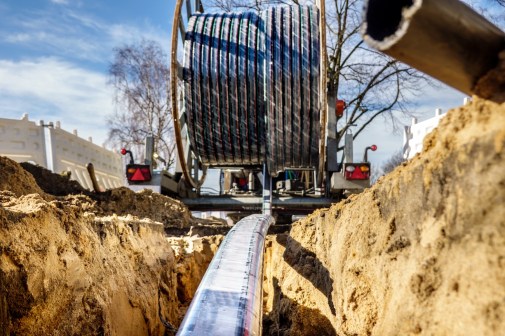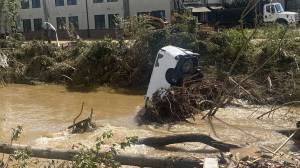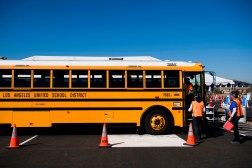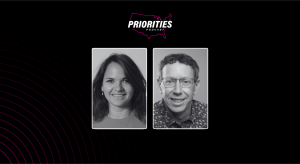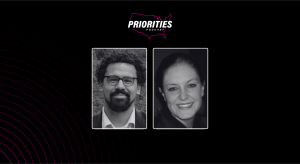North Carolina looks to challenge FCC over broadband coverage
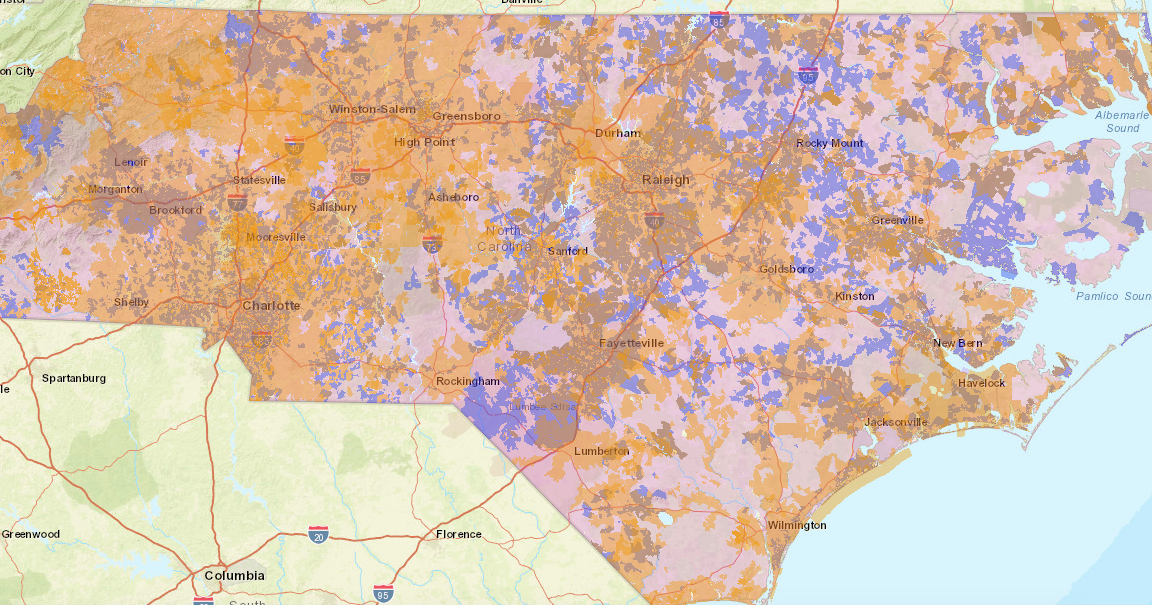
North Carolina officials are streamlining a self-reporting tool that allows residents to document their internet speed, in hopes of mounting a challenge against the Federal Communication Commission’s broadband coverage map data, which states and FCC officials themselves have scrutinized in recent months.
Jeff Sural, director of the North Carolina Department of Technology’s broadband infrastructure office, said the goal is to get federal broadband expansion funding for the parts of his state that remain unserved. There’s quite a bit of federal funding to be had; the FCC committed $20 billion to fund rural broadband in April, and a USDA ReConnect program will disperse more than $600 million this year to underserved rural areas. To do that, the state needs to show where the FCC’s data about coverage disagrees with what residents are receiving in their homes.
The state’s current self-reporting tool asks residents to enter their email and physical address, then directs them to a different page to take a speed test, revealing upload and download speeds. The users are then asked to transcribe the results back into an online form on NCBroadband.gov. The tool is good, according to Sural, but just 6,000 people have submitted their speed-test data since May 2017 — and the state needs more, and more accurate information, to mount a challenge against the FCC.
That’s why Sural and his team are partnering with the Measurement Lab, or M-Lab. The M-Lab is an open-source team of international researchers and industry and public-interest partners that specialize in broadband policy and geographic-information-system visualization and telecommunications technologies. They worked with the city of Seattle in 2016 and Pennsylvania State University researchers earlier this year to reveal vast discrepancies in broadband coverage maps submitted by providers and their own 11 million speed tests conducted across the state, and Sural is counting on the group to improve North Carolina’s data collection methods as well.
“The reason we’ve been talking to M-Lab is we think we can get a much simpler, streamlined tool where we can take their open-source application and embed it into our survey on our page so people don’t have to jump back to the [speed test] site and back again,” Sural said.
The M-Lab test will automatically gather accurate a user’s upload and download speed, IP address and coordinate information of the location and device where the test is being done, the internet provider servicing the address, the latency of the connection and whether the connection is being throttled or manipulated. The information will be sent to an internal state map maintained by Sural and his team that’s used to identify unserved areas of the state.
“So far, one thing we have gleaned from our crowdsourcing tool is that there are a number of locations in areas where the FCC says there is [download coverage of 25 megabits per second and an upload rate of 3 Mbps] that are not getting those speeds,” Sural told StateScoop.
The FCC’s state-by-state comparison tool claims that 95 percent of North Carolina’s population is served by at least three broadband providers, which would run counter to the millions of dollars Gov. Roy Cooper invested in rural broadband expansion this May. The state has also considered opening up opportunities for municipally run ISPs that often cover areas larger providers won’t.
It’s also widely known among rural state and local officials nationwide that wireless providers who submit their coverage maps to the FCC overrepresent their coverage areas, and state officials have gone to great lengths to prove them wrong. Last year, a Vermont Department of Public Service official drove nearly 7,000 miles across the state conducting his own speed tests to challenge the FCC maps. Those wireless providers are obligated to measure their coverage in census blocks. If they provide service to at least one resident in a census block, the entire block is deemed to be “covered,” under the FCC’s current methodology.
While FCC chairman Ajit Pai announced in August the commission will take a more granular approach to collecting and mapping coverage data in the future, officials like Sural will still be able to challenge the maps if they can prove the data is incorrect.
The data collected from the M-Lab enhanced tests won’t be publicly available, but residents can view the state’s self-reported coverage data in a heat map on a new geospatial database launched last month by team of local, state and federal government agencies, along with private and academic institutions within North Carolina.
The platform, called NCOnemap, is a free database to serve as a certifiable clearinghouse on all of North Carolina’s geographic information system data. Users can search geographically-enhanced data sets by theme — recreation, education or transportation, for example — or by county, accessing all of the geographic data that the state has on hand about that region.
M-Lab’s tests will also consider whether a user is contracted to receive high-speed broadband in the first place. That could reveal whether a user is underserved and could raise a case against the FCC’s coverage data. If not, Sural said he’d like to know that too.
“What we’d like to do is find out more about pricing and really focus on going after and identifying the unserved areas so we can report that to the FCC to make sure that we’re getting our fair share of funding to all of those areas,” he said.
